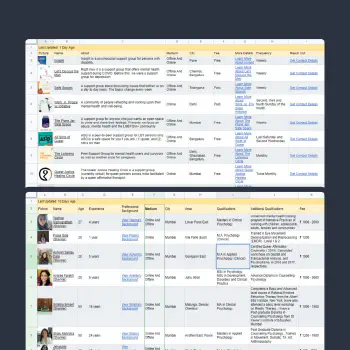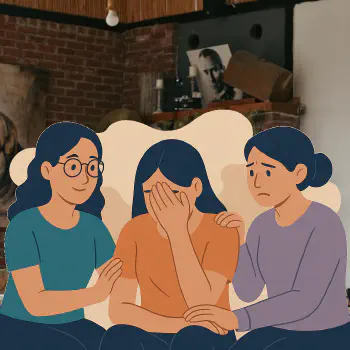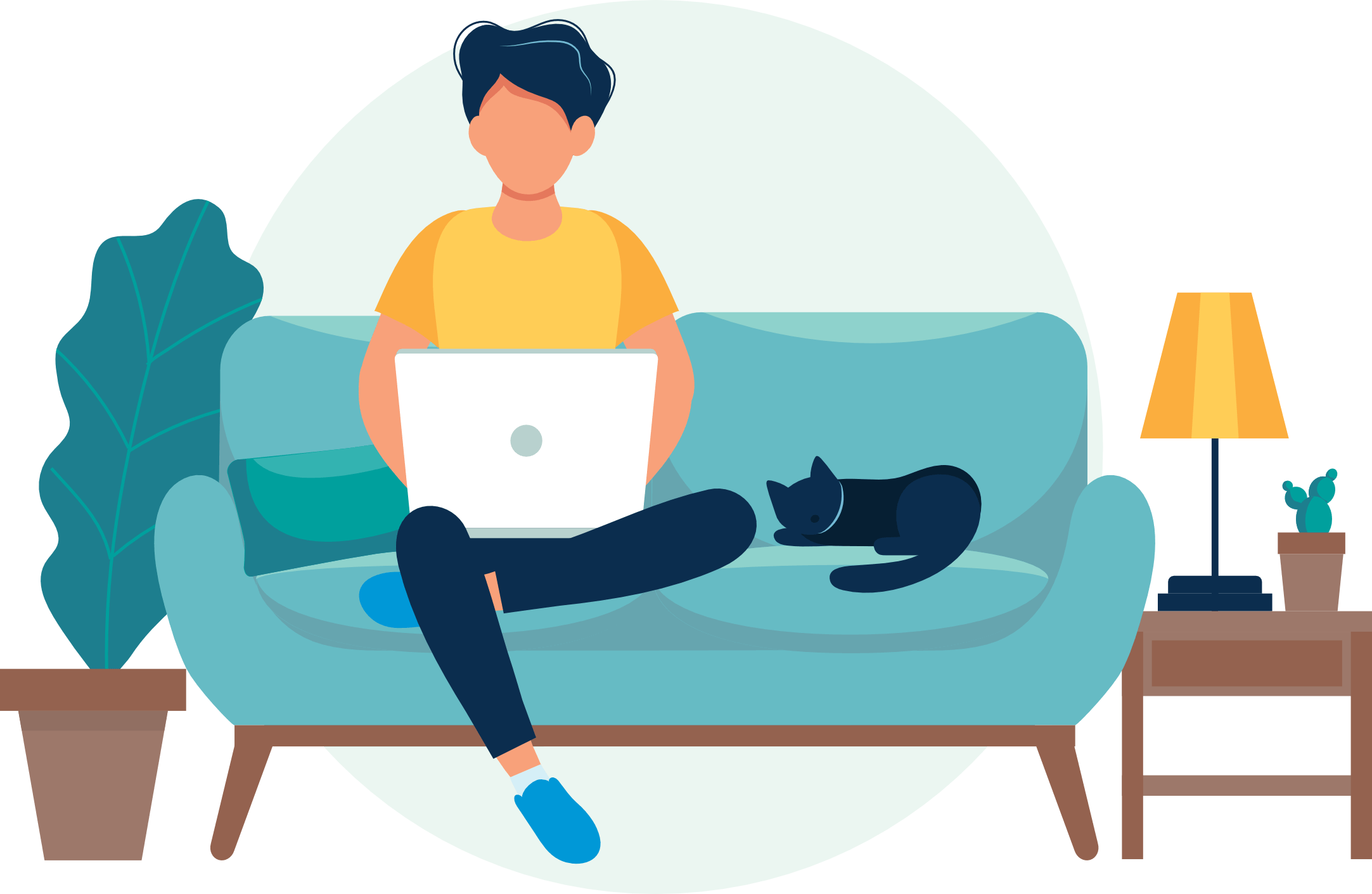What is a trigger warning?
A Trigger warning is a statement that cautions a reader about potentially disturbing or upsetting content. They appear in different ways on different platforms. Facebook, Twitter, and Instagram warn their users about triggering images by blurring them out. Most platforms however, do not offer any trigger warning features. This means that the responsibility of informing whether the content could be distressing, falls onto you, the user.
What makes trigger warnings special?
In friend groups, we often have an idea of topics that could distress members of the group. It could be related to relationships, families, jobs, grief, or anything else that someone might find disturbing. Sometimes, the things that cause distress to one individual may leave the other person completely unshaken. Due to these diverse responses, there is an unwritten code that we should first check in with the group on whether it’s a good time to bring up a certain topic.
This is exactly what trigger warnings are about. They let readers know that the content might make them relive a traumatic or distressing experience or affect their mental health.
Do trigger warnings work?
While research around trigger warnings are still debating its effectiveness, we believe it’s the reader’s right to pre-emptively know what content they’re going to consume. If you’re watching a new Netflix show, you may want to know if the show is going to feature age appropriate content, gruesome imagery, lived experience stories, or anything else beforehand, to decide if it’s something you’re in the headspace to watch. At the end, it should be your choice to decide if you’re okay consuming that content. Trigger warnings, are just the same. It’s not okay to assume that readers are always in the headspace to consume what you’re sharing.
On TheMindClan.com, we go a step further by making our trigger warnings consent driven. We try to hide any content on the platform from you, till you don’t explicitly state that you’re in the headspace to view it. This feature comes in handy especially when we’re featuring poetry and stories on lived experiences from our community.
How do you write trigger warnings?
Step 1: Understand your platform.
Find out if the platform you’re using has any specific ways to define trigger warnings before you share your post. Some sites like Facebook, Instagram and Twitter would take time to automatically flag your content as potentially triggering, while platforms like ours let you add a trigger warning pre-emptively.
Step 2: Provide context
If you’re sharing a message, ensure the words “TRIGGER WARNING” or its abbreviation “TW” are at the first line of your message. But merely writing “Trigger Warning” is not enough. You need to establish the context which the trigger warning falls under. This may look like: “Trigger Warning: Mentions of my experience with
Step 3: Request consent
Give your readers an option to leave your post if they aren’t in the headspace. If you’re sharing a carousel post/story on Instagram, this means that you have a slide dedicated to your trigger warning, before you share further information. If you’re writing a caption, ensure you have ample line breaks between your trigger warning mention and the text that follows.
Step 4: Share Resources
We’d urge you to share support resources for your readers to access if they feel triggered by what you’re sharing. As a platform that curates tools for mental health care, we ensure we share links to our platform as and where possible. You can feel free to do the same. It’s also recommended that you try out the tools you’re sharing. Eg: If you’re sharing a crowd-sourced list of counsellors, it would help if you share a resource on how to use the list. You can view our resource on this here.
Step 5: Request and be open to feedback
Your readers may have perspectives to share about your trigger warning, which you can try and incorporate the next time you’re sharing content.
How do you take it forward from here:
We know it’s hard, we know it may not always work, we know that there may be many people debating our perspectives, but we have to ensure we’re trying our best. At the end of the day, the purpose of trigger warnings is to be sensitive and respectful to people’s mental health and life experiences. If you feel a trigger warning does not work for your audience, you can always find other ways to center a user’s consent with what you’re sharing.
On a side note, do let us know if this post on trigger warnings should start with a trigger warning.
Good luck!




















